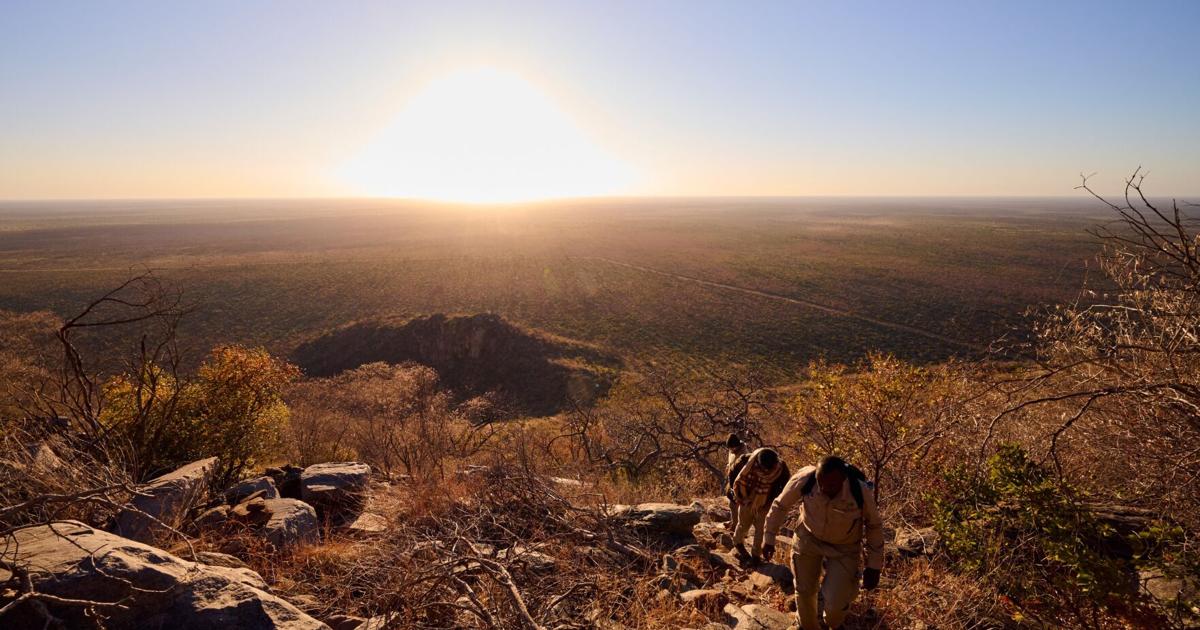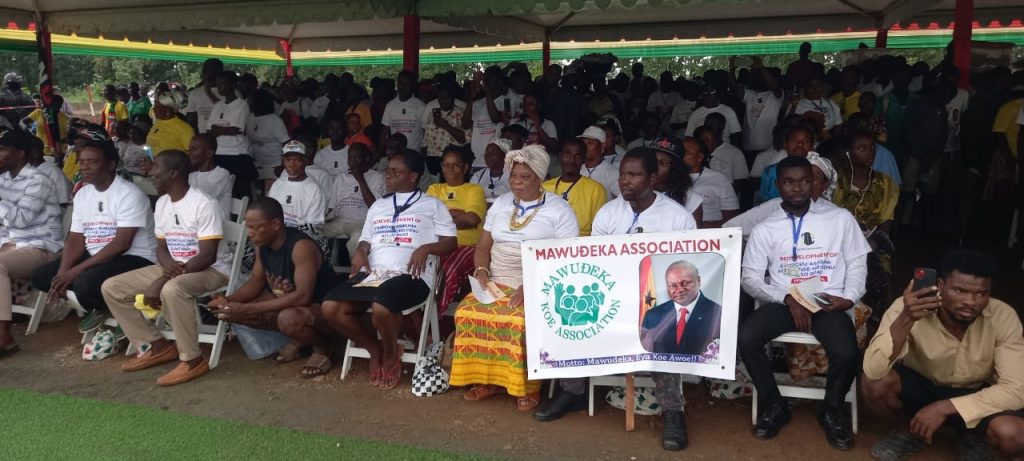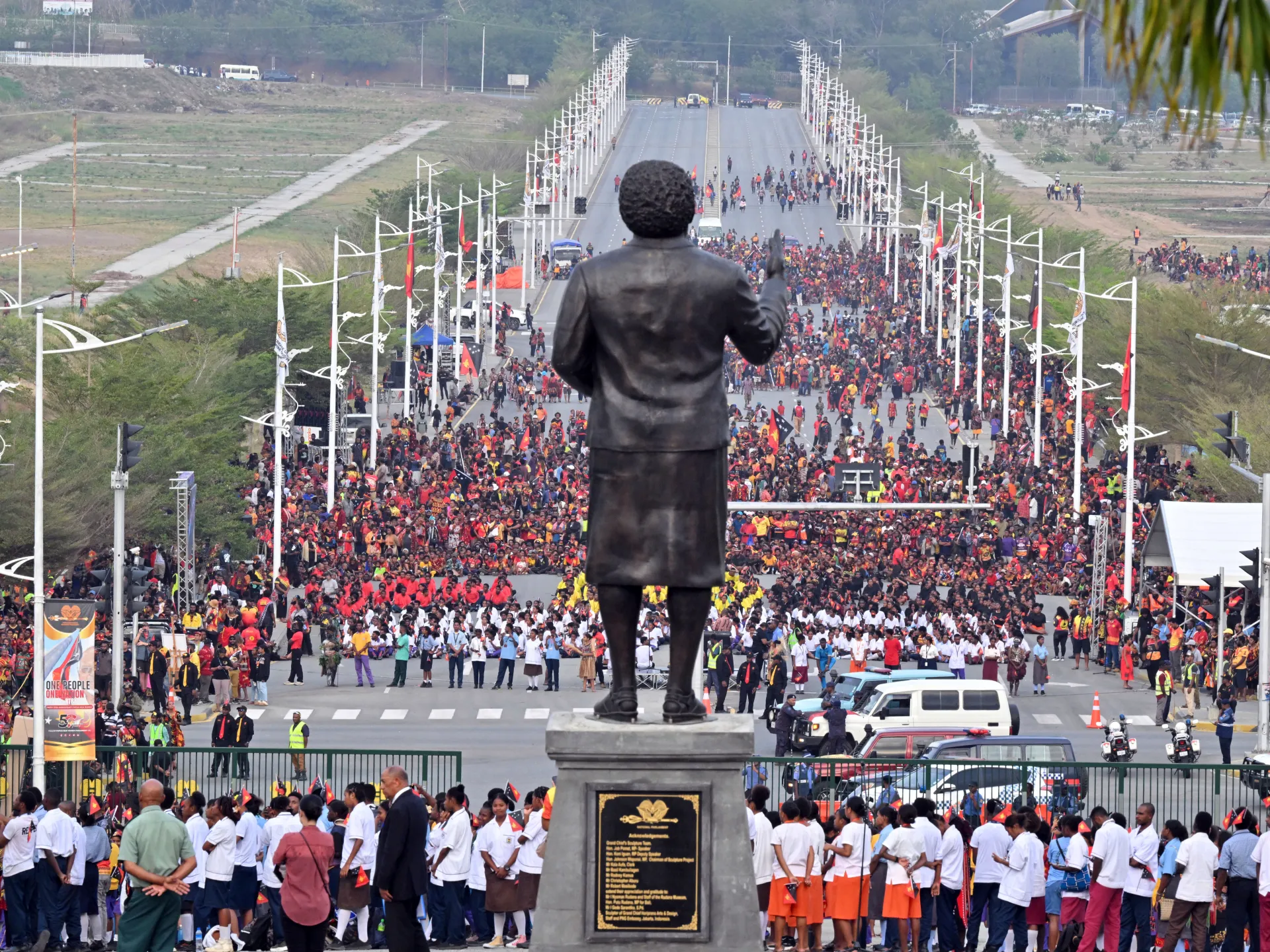This area in Africa is known as the ‘Louvre of the Desert.’ It changed the way I think about safaris
By Alexandra Owens Special to the Star
Copyright thestar

Scrambling over prehistoric quartzite and granite boulders, I push myself to keep up with Tshetsana Xixae, my guide from the nearby Ju/’hoansi San village. We’re hiking Botswana’s Tsodilo Hills, known to locals as the Mountain of the Gods, which has held immense cultural and spiritual significance since it was first inhabited by humans more than 100,000 years ago. According to San lore, Tsodilo’s sacred hills are where life began.
Along the Rhino Trail, Xixae, who works for the Tsodilo Community Development Trust, pauses to show me the path’s namesake: an ancient, finger-painted rhino. Its red pigment, made of ground hematite mixed with binders such as animal blood and plant sap, remains surprisingly vibrant after centuries of exposure to the sun, rain and wind.
Tsodilo is recognized as a World Heritage site by UNESCO, which notes its reputation as the “Louvre of the Desert.” The relatively small area boasts one of the highest concentrations of rock art in the world, with more than 4,500 paintings of stick figures, geometric shapes and animals like the giraffe and eland. You can even spot the odd whale or penguin, suggesting that despite being 1,000 kilometres from the ocean, early San people may have been highly nomadic.
It’s not your typical African sightseeing destination. Most travellers traditionally head to Botswana on safari, searching for lions, elephants and other emblematic wildlife. Before this visit, I’m embarrassed to say, I had never heard of Tsodilo — and I spend several months a year in Africa.
Tucked away from the main tourism zone (located between the airports in Maun and Kasane) and accessible only by 4×4 or helicopter, Tsodilo remains well off the beaten path. But travellers are becoming increasingly interested in cultural treasures that complement their time in the bush, says Matthew Johnson, managing director of Desert & Delta Safaris, a Botswana-based safari operator.
“There is a thirst for the ‘real’ Africa,” explains Johnson. “It’s not enough to pop in and pop out. Folks want to learn and to experience the actual (daily) lives of the communities here in Botswana and to understand their heritage.” According to Johnson, adding cultural landmarks to the safari circuit is also an effective conservation strategy, because it reduces pressure on overcrowded game-viewing areas.
On my recent trip to Nxamaseri Island Lodge, a remote camp near the permanent water channels that lead into the Okavango Delta, I trade prolific wildlife in favour of art and culture. In addition to showcasing traditions of the rural delta, Nxamaseri offers an excursion to Tsodilo, roughly 90 minutes away by boat and 4×4, making it more accessible to visitors. The lodge’s new Tsodilo Hills Sleep-Out Camp, which consists of four pods with canvas tents on elevated platforms, immerses guests more deeply in local culture than a brief day trip could allow.
I arrive from Nxamaseri in the late afternoon to settle into my cosy pod, which is styled like a traditional San dwelling and equipped with a comfortable bed. The standout feature, however, is the view over the Male Hill, the tallest of Tsodilo’s four peaks, which radiates deep blue and purple as the sun sets.
That evening, our camp also serves as the backdrop to a cultural showcase. Sitting in a circle, members of a Ju/’hoansi San village, among the most remote tribes on Earth, sing and tell us about their connection to Tsodilo.
Makeshift rattles strapped to their ankles, the men stomp out a sacred “trance dance” that uses rhythmic footwork and clapping to talk to the spirit realm, to call for help or healing. Xixae explains to me that I’m watching a ritual that has endured for generations, keeping the San heritage alive.
“We want guests to have the same sense of divine awe that our tribal ancestors experienced when in proximity to the hills,” says Isaac Mpuchane, a guide with Desert & Delta. “Their tie to the hills and the land around them can change the way we view ourselves and understand humankind.”
Going on safari will always be a part of my travels in Africa. But lodges and camps that ignore their surrounding communities can also act as a bubble, limiting our perspective of a continent that goes well beyond national parks and game reserves. Fortunately, with conscientious safari operators, it’s now easier to combine wildlife-viewing with meaningful cultural excursions.
When the sun rises over the jagged cliffs of Tsodilo’s outdoor museum, we set off on our climb to the top of the Female Hill. It’s the first time I haven’t spent a morning in Botswana tracking down a leopard or rhino. To my surprise, I don’t miss it.
Alexandra Owens travelled as a guest of Desert & Delta Safaris, which did not review or approve this article.



